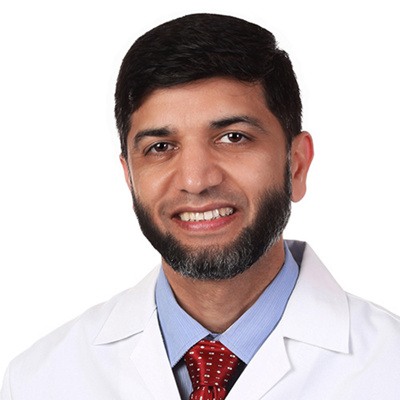A hernia occurs when tissue bulges through an opening in the abdomen or groin area, resulting in pain and swelling. Hernias can be repaired either by open or laparoscopic surgery. The da Vinci system makes hernia repair surgery easier with small incisions helping the patient to recover faster and with less risk of post op complications. The common hernia surgeries performed via da Vinci are:
- Ventral hernias: Bulge of tissues through an opening of abdominal walls. These type of hernia is usually called incisional hernia as it happens on the healed site, post-surgery
- Umbilical hernias: when a part of intestine bulges through the opening in abdominal muscles which can be felt on belly button.
- Other abdominal wall hernias
- Parastomal hernias: It is a hernia which happens when part of the intestine stick through stoma (surgical opening either in stomach, small bowel or colon to allow waste to pass in to a bag)
- Diaphragmatic hernias: It occurs when one or more of abdominal organs move upward in to the chest through the unnatural opening in diaphragm
- Groin hernias: It is a hernia that occurs in the abdomen near the groin area. This happens when fatty or intestine tissues pushes through the weakness in the abdominal wall near inguinal canal.



